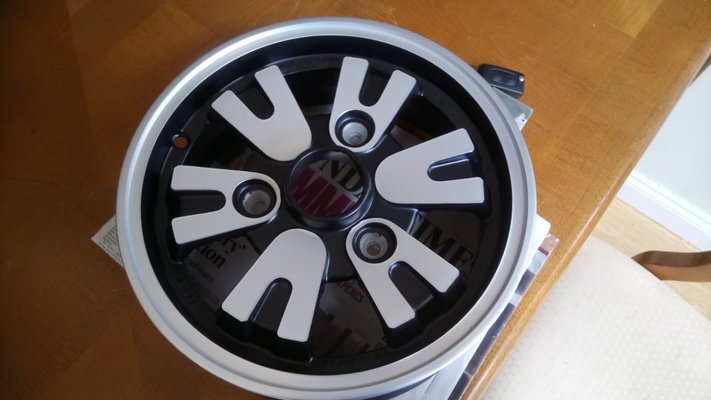Firstly, are your tyres and (just as important) your wheels tube-type or tubeless-type?
If the wheels are tube-type, (without the necessary profile for tubeless tyres), you must fit tubes. If they are tube-type wheels, (as most will be from roughly the eighties onwards), then you can fit either.
If your tyres are tube-type, you must fit tubes. If they are tubeless-type, then although you can fit tubes, there are two down-sides. Firstly, if there are ridges on the inside of the tyre, there are reports of them rubbing against the tube, generating friction/heat and causing the tube to fail. (I don't know whether or not this does actually happen). Secondly, tyres with tubes in are less safe than tubeless tyres without tubes. This is because, when a sharp object punctures a tubeless tyre, the air can only escape via the same hole that the object is (usually) still occupying. The tyre will therefore gradually lose pressure, as the air gradually escapes through the blocked hole. It may not leak at all until the object is removed. However, if a tube is fitted, the sharp object will also puncture the tube and very quickly, (particularly with the movement of the tyre against the road and therefore the sharp object against the tube), air will escape from within the tube to the area between the tube and the tyre, the tube will then move within the tyre, allowing the air to rapidly escape through the valve hole. This can happen within a few revolutions of the wheel, so in effect, a blowout.
If cornering during that rapid deflation, the tyre has a much better chance of staying on a wheel designed for tubeless tyres than one that wasn't.






